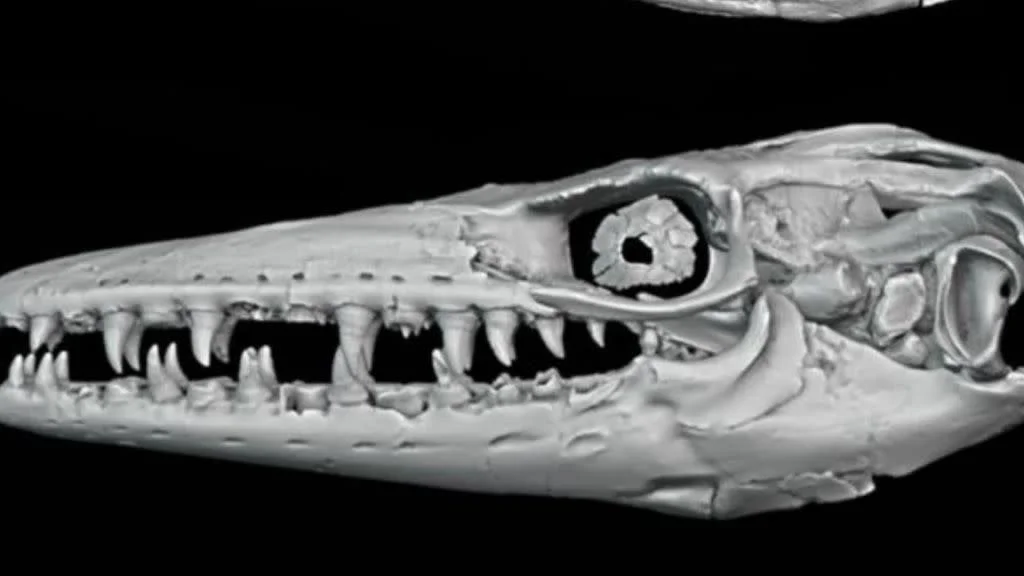
The Rise and Fall of Marine Predators: Understanding Mass Extinctions in Ancient Oceans
The ancient oceans were once ruled by formidable marine predators, a reign that came to an abrupt end during the mid-Cretaceous period. Recent studies reveal that catastrophic environmental changes caused a mass extinction event, decimating species that had thrived for millions of years and reshaping marine ecosystems forever.
During the Late Jurassic and Early Cretaceous, the seas teemed with apex hunters, including pliosaurs, ichthyosaurs, and thalattosuchians. These incredible creatures dominated the marine food web with their enormous size and razor-sharp teeth. However, as recorded in the fossil evidence, a significant transition took place around 94 million years ago, marking a dramatic shift in marine life.
Valentin Fischer, a researcher at the Université de Liège, led a comprehensive analysis of the evolutionary relationships of various marine reptiles to shed light on this mystery. His study, presented at the European Geosciences Union General Assembly, indicates that the Cenomanian-Turonian transition—considered the hottest interval of the last 541 million years—triggered the extinction of many top predators as the ocean faced severe anoxia and drastic climate changes. The increasing levels of carbon dioxide and the subsequent nutrient imbalances made the oceans inhospitable for many species.

This transition did not merely result in the disappearance of established marine giants; it opened the door to new predator types, including mosasaurs and diversified shark species. Changes in skull morphology, identified in the study, hint at different hunting techniques developed by the new marine predators, pointing to a fundamental shift in how life adapted to the new ecological realities.
Fischer's findings emphasize that one era's end can only lead to a rebirth of another. Marine life underwent transformation as mosasaurs surged in diversity while sharks evolved rapidly, indicating resilience and adaptability in the face of catastrophic change.
This historical extinction event raises questions about how modern-day marine life might respond to ongoing environmental challenges. What lessons can we learn about resilience in nature? Understanding these pivotal moments in Earth's history can offer us crucial insights into how life adapts and evolves under pressure.
As we delve into the complexities of marine ecosystems, we invite you to share your thoughts. How do you think marine life will adapt to current climate changes? Leave your comments below!